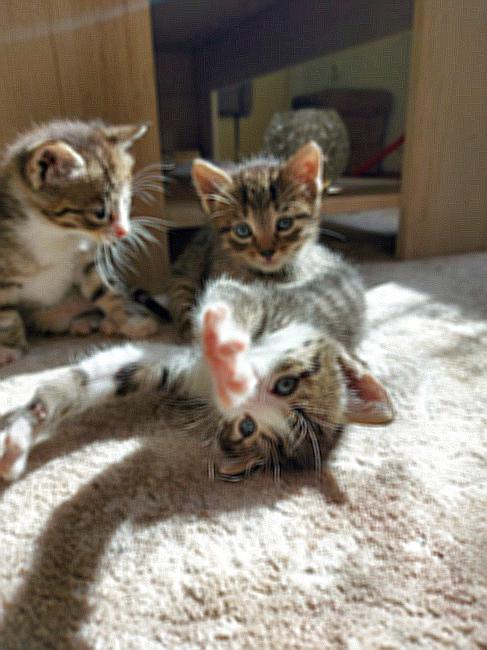Cats have long been a topic of discussion on television. Although some people see declawing cats as a necessary evil to shield furniture and people from scratches, others see it as a harmful and unnecessary step. Although the discussion continues, there are some hidden benefits to declawing cats that are often overlooked.
First and foremost, cats that are declawed are less likely to develop aggressive behaviors. Cats are naturally territorial in nature and will often use their claws to mark their territory. Declawing a cat eliminates its ability to do so, lowering the likelihood of aggression. In the second instance, declawing cats can help to discourage disease from spreading. Cats are prone to fungal infections, which can be spread with their claws. You can reduce the chance of an infection in cats by declawing them.

Declawing cats can also help to reduce their chance of developing painful nail bed infections. Cats that are not declawed are more prone to painful and difficult to treat nail bed infections, which can lead to additional medical problems. Declawing cats will help to prevent these infections from developing.
Lastly, declawing cats can help to reduce the overall amount of time they spend grooming or scratching themselves. Cats can spend a lot of time grooming or scratching themselves, which can be both time consuming and traumatic for them. Declawing cats will reduce the amount of time they expend on these tasks, allowing them to concentrate on more profitable activities.

Although some people are against declawing cats, there are a number of hidden benefits associated with the procedure. Declawing cats can reduce their chances of aggression, disease spread, and painful nail bed infections. It can also help to reduce the amount of time cats spend cleaning or scratching themselves. While the discussion continues, it is important to consider all of the facts before making a final decision on declawing cats.

